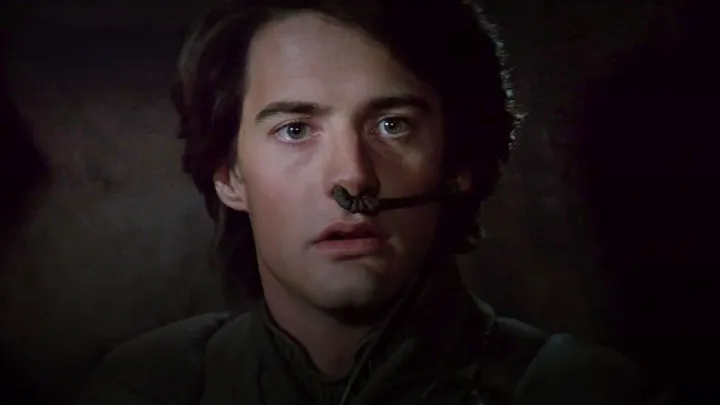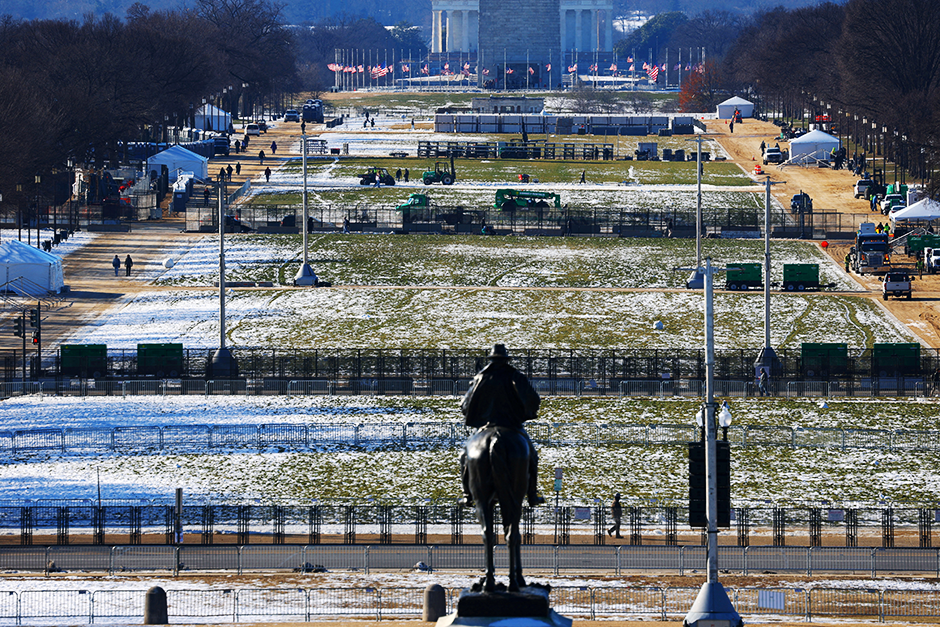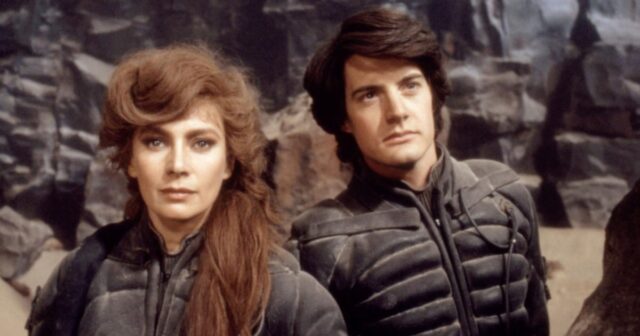Earlier this year, director Denis Villeneuve successfully turned Frank Herbert’s 1965 sci-fi novel Dune into a blockbuster with Dune: Part Two. The first half of Villeneuve’s Dune was released three years earlier in 2021; taken together, those films are modern sci-fi masterpieces. And they probably wouldn’t have happened if David Lynch hadn’t made his own version of Dune in 1984.
Four decades ago this month, Dune finally hit theaters after filmmakers Arthur P. Jacobs, Alejandro Jodorowsky, and Ridley Scott failed to get it to the finish line in the years beforehand. But in an era where Star Wars and Star Trek movies reigned supreme, Dune had a lukewarm response from moviegoers before eventually building up a cult following after its theatrical release.
In 2000, there was a separate Dune adaptation as a TV miniseries, but Lynch’s version was the only movie until Villeneuve put his version in theaters. Now, Lynch’s Dune is overshadowed by the modern two-part adaptation. It’s no longer the definitive vision of the movie, but Dune is a film worth remembering both for what it did right as well as the missteps that likely helped Villeneuve avoid the same mistakes.
It has a cast full of stars
No one could ever say that Lynch doesn’t have an eye for talent, as the cast of Dune is filled with excellent performers including his future Twin Peaks star, Kyle MacLachlan as Paul Atreides. A pre-Star Trek: The Next Generation Patrick Stewart has a small role as Gurney Halleck, while rock star Sting has a memorable turn as one of the lead villains, Feyd-Rautha. Alicia Witt had her first major part as Paul’s younger sister, Alia, before she eventually went on to become a star as well.
It’s also striking how many veteran performers took on supporting roles in this movie, including Brad Dourif, Linda Hunt, Max von Sydow, Sean Young, Virginia Madsen, and Dean Stockwell. Even when the script fails to give them something compelling to say, these actors and actresses helped Dune hold together.
The villains are truly grotesque

It has to be said that it’s difficult to look at Kenneth McMillan’s Baron Vladimir Harkonnen for any extended length of time because he has some truly disgusting sores on his face and he looks like a walking disease. Or a floating disease, since the Baron’s feet don’t really touch the floor. If the goal was to make the Baron into a figure to be reviled, the film succeeded.
Yet somehow, it’s Sting who comes off as the most menacing villain. There’s a disturbing smile on Feyd-Rautha’s face in most of Sting’s scenes, and he’s physically imposing… and oddly ogled by his own uncle at one point in the movie.
The story is hard to follow

If you’ve seen Villeneuve’s Dune movies or read the novel, then you should be able to understand what’s happening. Newcomers to the franchise may be overwhelmed by how much information the film throws at the viewer in the first 30 minutes. Lynch made the strange decision to begin the movie with Princess Irulan (Madsen) addressing the viewer and dropping a lot of exposition. And then she barely has anything else to do in the film, which makes her an unusual choice for the initial narrator.
Lynch uses softly heard internal monologues or thoughts to convey some of the important information in the story. It’s the equivalent of a book letting the reader see the character’s thoughts. But if Lynch didn’t do that, then the film’s narrative would have had an even more difficult time getting its plot across.
So many psychics, so little time

Paul’s private thoughts are heard several times throughout the movie, as are his telepathic communications with his mother, Lady Jessica (Francesca Annis). She’s a psychic too, so Lady Jessica also gets the voiceover treatment, and she even gets to hear the final thoughts of her lover, Duke Leto (Jürgen Prochnow).
Lady Jessica is also a part of the Bene Gesserit sisterhood, which is currently being explored in HBO’s Dune: Prophecy series. Thus she has a few more mind conferences with her sisters in the order, including Reverend Mother Gaius Helen Mohiam (Siân Phillips). The issue with the way the film uses these powers is that the audio mix makes their telepathic voices more difficult to hear and understand than their normal voices. And that happened enough times to be annoying.
Time management

It takes Lynch’s Dune just under 90 minutes to reach the point in the story where Villeneuve’s first Dune movie ended. That gives the film under 45 minutes to cover the same territory that Villeneuve did in Dune: Part Two. Small wonder then that the back half of Dune feels so rushed, including a two-year leap forward in time. Paul’s romance with Chani (Young) is downplayed when compared to the character’s role in the remake. Consequently, it’s hard to care about their underdeveloped relationship in this movie.
Lynch managed to squeeze most of the story into a single movie, but “squeeze” is the right word for it. The cuts that were made are even more noticeable after watching the remakes, and perhaps Lynch would have been better served by splitting his movie as well.
In the shadow of Star Wars

Some of the special effects in Dune are OK, if not very special. But this movie came out a year and a half after Return of the Jedi, and it pales in comparison to the special effects in the original Star Wars trilogy. There are also some really awful effects, including the laughable shield FX during Paul’s duel with Gurney Halleck early in the film. Their force fields look like solid jello blocks as rendered by archaic computer graphics. Maybe those effects played better in the ’80s, but in 2024, they don’t hold up well at all.
In retrospect, Dune probably arrived in theaters too soon. The special effects technology needed to convincingly make this universe come to life wasn’t readily available outside of Lucasfilm. That went a long way toward making Dune seem inferior to Star Wars movies despite having a relatively high $40 million to $42 million budget. If you just want to enjoy the story, the two modern films are the best option. However, Lynch’s Dune is worth seeing at least once to understand how another generation attempted to tackle its massive scale.
Watch Dune on Max.

















































